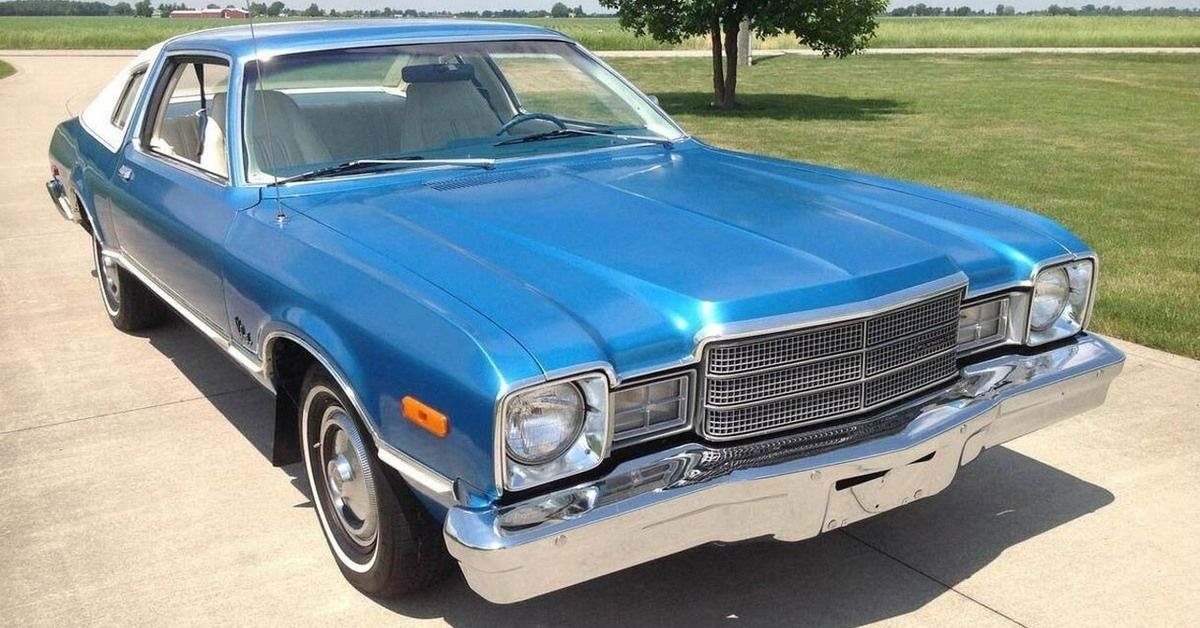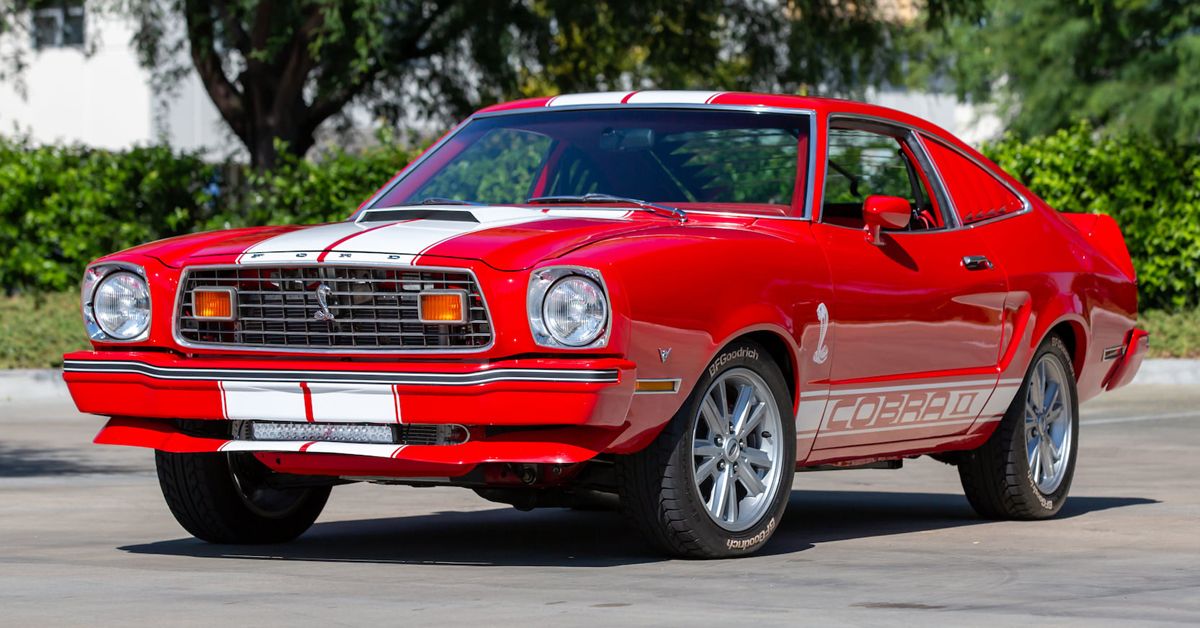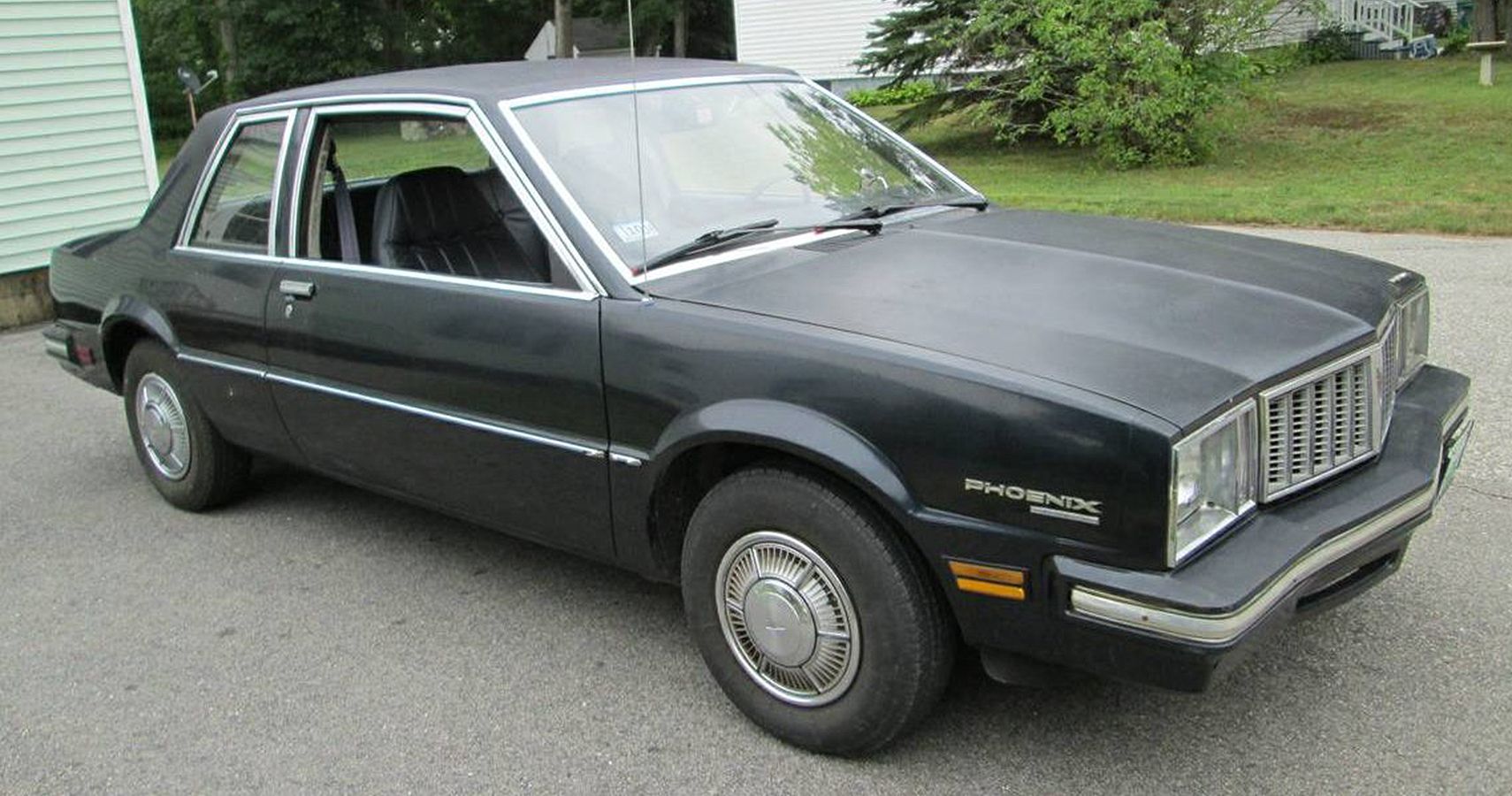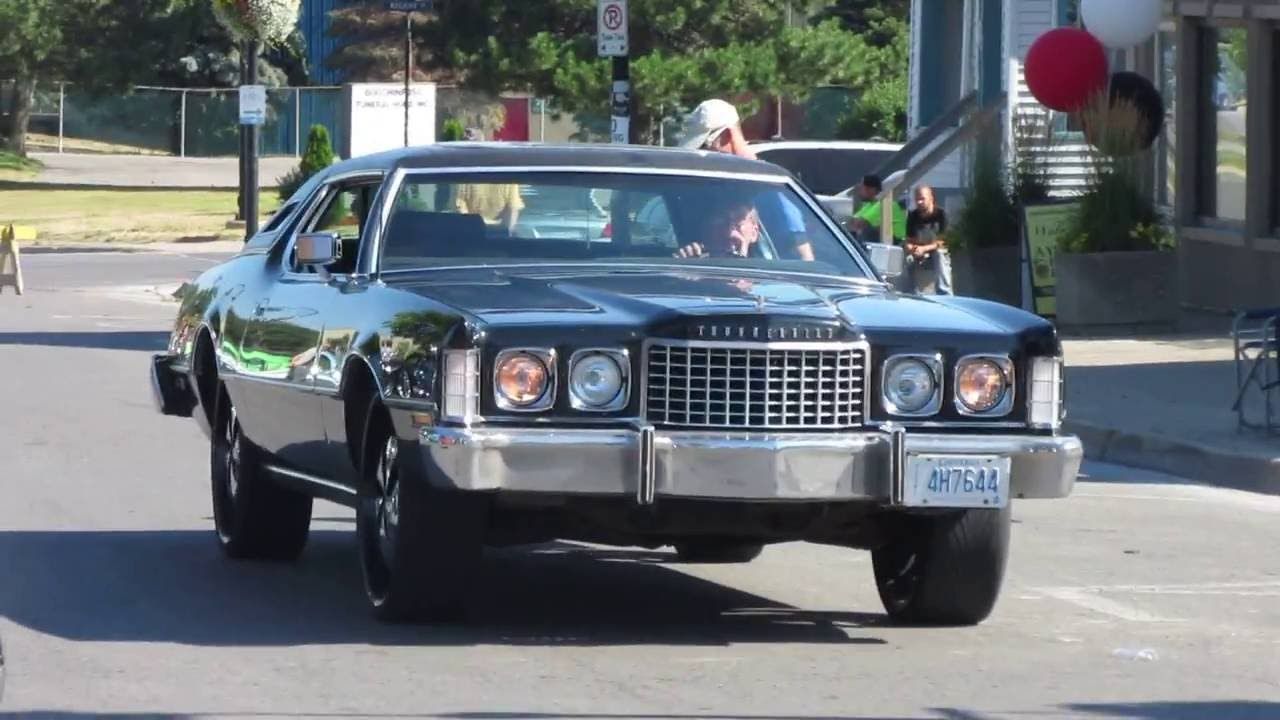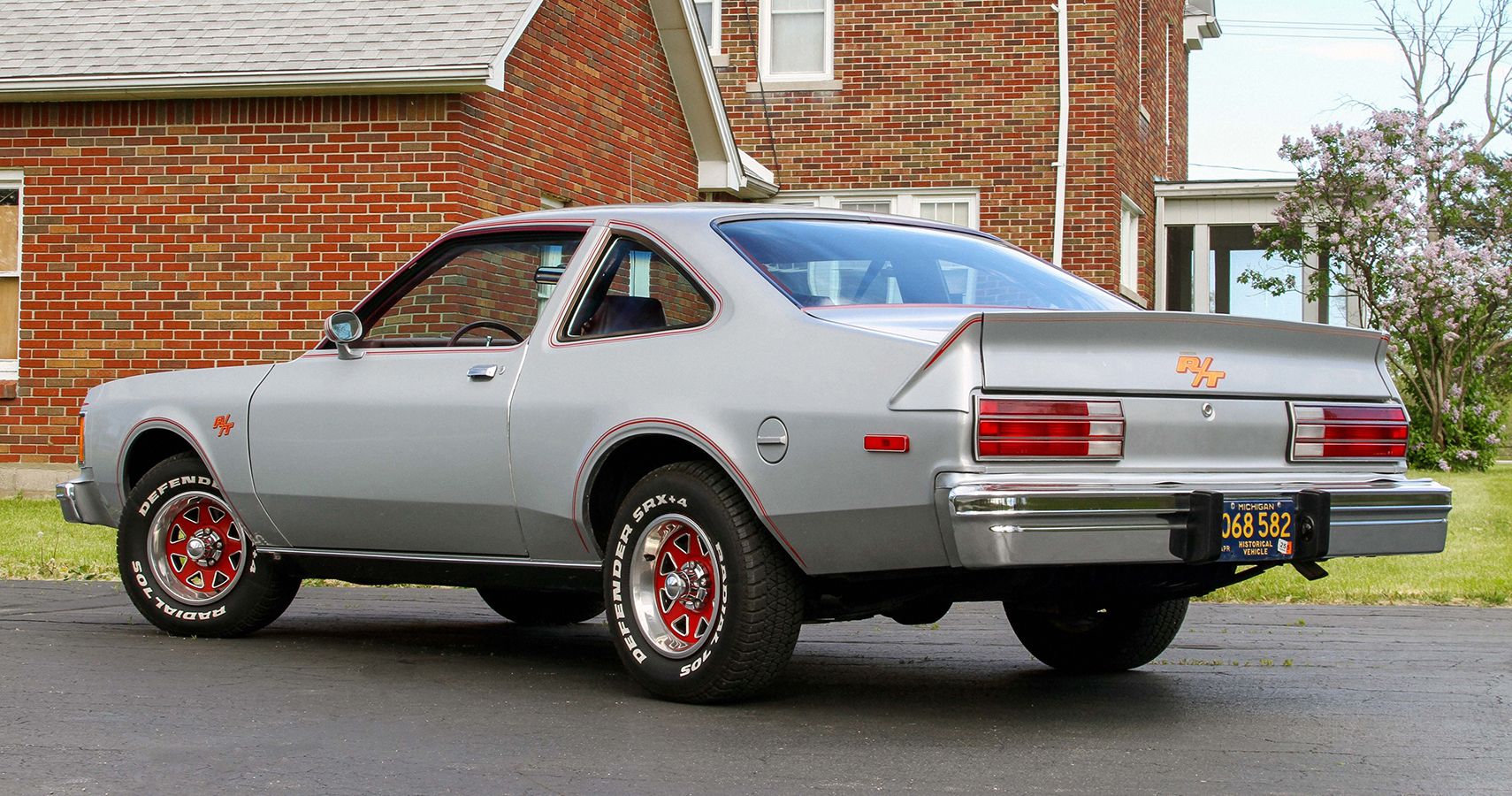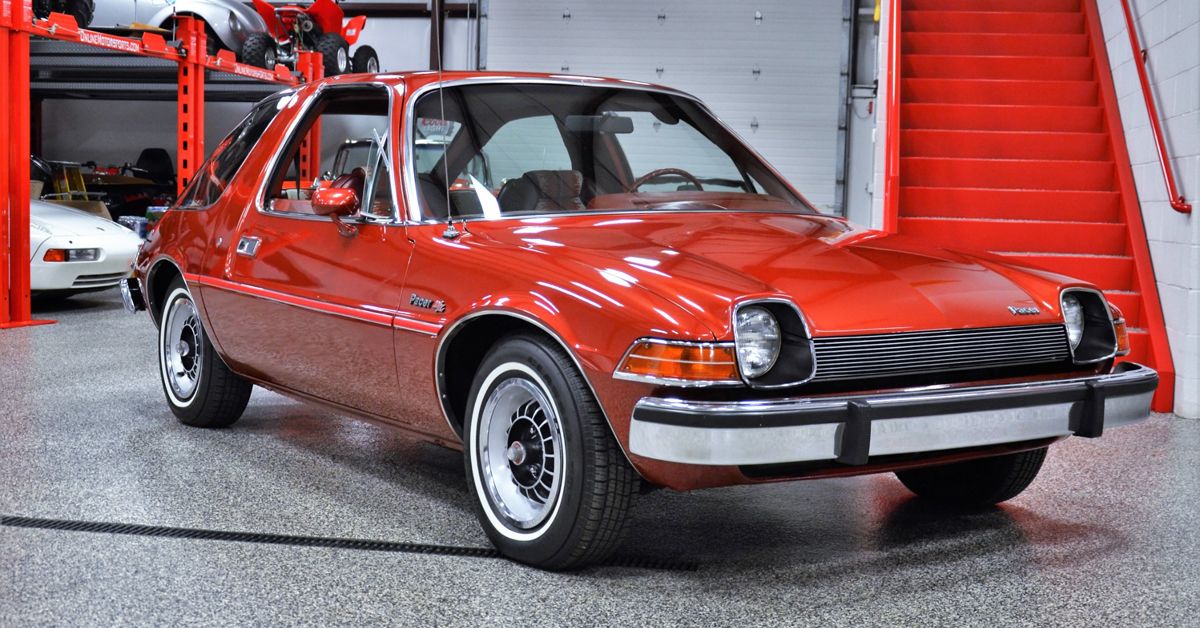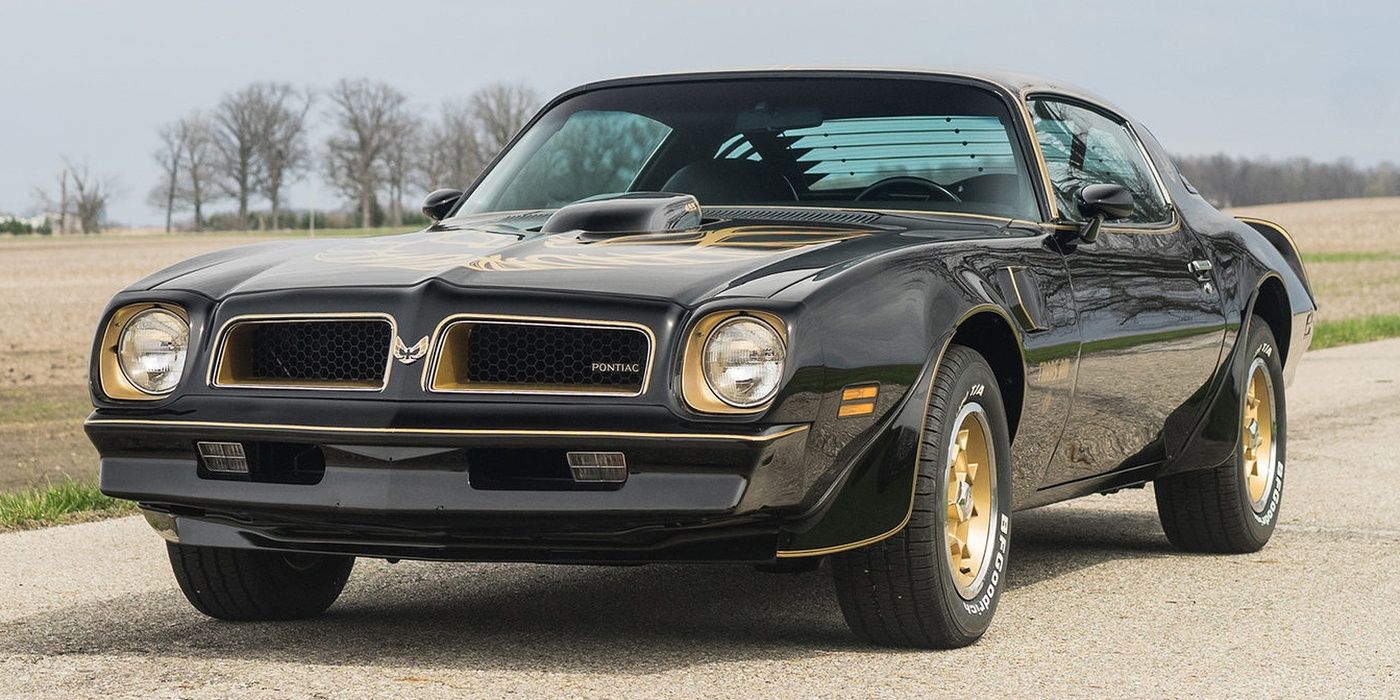In automotive history, the mid-70s in America is a time many people associate with soaring gas prices, crippling emissions standards, and safety standards that, while necessary, ruined many beautiful automotive designs. This time period is often referred to as the “malaise era”, and is often considered the dark ages of American automobiles.
While some great cars were made during this time period, most vehicles made from 1975 to the late 80s are often overlooked by many collectors, despite being classics, just for their time period and the general stigma that cars of this malaise era hold.
Here is why collectors and enthusiasts steer clear of malaise cars, and why they really won’t be worth anything in the future.
They Have A Lack Of Power
By the early ’70s, emissions requirements, as well as the need for cars to be more fuel-efficient due to rising fuel prices caused American cars to lose their power. Muscle cars in the traditional sense were quickly coming to a close with the mighty Mustang replaced with the Mustang II, and big, bruising V8s like the 455 cubic inch engine found in the Pontiac Firebird Trans Am only put out around 200 HP.
With muscle cars that once were sought after worldwide only producing commuter car numbers, consumers were not fooled, they knew these new cars were slow, and for many consumers seeking a powerful car, they turned to used vehicles from the past that made the power they were looking for.
Poor Build Quality Is Never Good
Overall, many vehicles of the malaise era had very poor build quality. The automotive industry was desperate to whip together lineups that would be appealing to consumers, and in their haste to put cars out on the market, quality suffered.
The GM X body line of cars, as well as the infamous Dodge Aspen and Plymouth Volare, had historic recalls due to their poor quality. These recalls were so costly for the Aspen and Volare, that they almost bankrupted Chrysler.
From fuel systems deteriorating to seat belts not functioning properly, to fenders rusting after just a couple of years of use, it was obvious that these cars needed a few extra years in testing before their release, but they were rushed to production just to chase sales.
Malaise Cars Have Outdated Drivability
While classic cars are a view into the past with many cars hosting incredible driving experiences behind the wheel, malaise cars are nearly impossible to comfortably drive around the country today.
These big, bruising vehicles are typically incredibly heavy, take up a ton of driveway space, and get very poor fuel economy. While muscle cars of the 1960s also got poor fuel economy, they at least got stellar performance numbers. Malaise vehicles on the modern interstate highway chug gasoline at modern speeds, making them very expensive to run.
In the city, the situation is even worse, with malaise vehicles nearly impossible to parallel park, fit through tight alleyways, and turn sharply with many of them massive in size. While some exceptions are true, many malaise vehicles built for family use are incredibly large and inefficient.
Lack Of Current Support
Today, many vehicle restoration companies that specialize in classic car parts fail to support malaise vehicles. They simply do not carry the same popularity through the years as classic muscle cars. On many sheet metal fabrication websites, classic auto parts sources, or even classic vehicle restoration sites, you’ll rarely see support for a malaise vehicle, making them very hard to maintain today.
If you were to buy a Plymouth Barracuda, however, you would have a nearly limitless source of advice, reference guides, parts, and even new sheet metal to replace any rusting metal you might have. If you need restoration parts for a Dodge Aspen, on the other hand, you would have a hard time finding any mainstream support.
As a collector, this lack of support means that vehicles have a rough time living past their prime. When a classic muscle car can be built, rebuilt, and restored, its value increases substantially, not only as a driving car for a current owner but as an heirloom for future generations.
Lack Of Respect For Malaise Cars
The damage is done. Unfortunately, the generation of drivers that were around to drive these vehicles when they were new have already made their mark on the cars, and these vehicles have been forever labeled as disappointments.
While every car has a story, and every car has some value to someone, the malaise era will always be an era looked down on as a lost opportunity. Where you see an 8 second 0-60 time and have to say, “It was good for the time”, or when you see a Plymouth Volare, someone will always comment, “Wow! It hasn’t rusted away!”
For the rest of their existence, these malaise cars will always have these negative viewpoints, and while time will heal to an extent, it will be very tough for malaise vehicles to truly shake that stigma.
But, You Should Buy A Malaise Vehicle Anyway
It's true, malaise vehicles probably won't ever be worth much in the future, but by all means, buy one. See how Americans had to live in the mid-70s, find some good amongst the bad in these cars because once they are gone, they're gone forever.
With their low desirability, you should be able to pick up a malaise car for cheap today, so go out, find a Pontiac Phoenix, Ford Thunderbird, or heck, even a Mustang II, and drive the wheels off of it, just like they were built to be driven.

